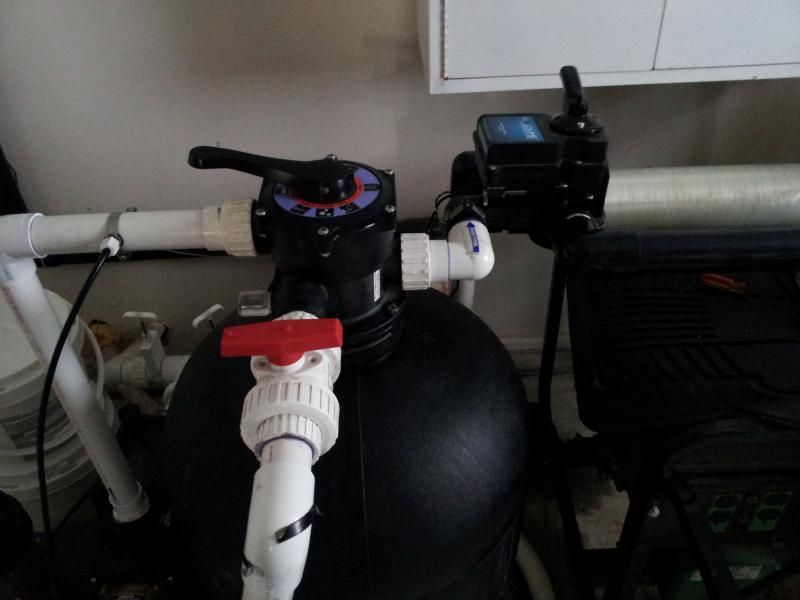I am plumbing my solar system for manual operation for now. The diagram is as follows.

I bought a check valve that also is a union that can be seperated. There is a spring in the middle that can be changed and came with 3 springs: 1/4lbs, 1/2lbs and 2lbs.
Which spring should I use?
There is some debate on this site... should I put in a second check valve in the solar supply line?
Am I missing anything substantial from my plumbing a solar system diagram? or other ideas on plumbing this?
Other info I can think of that may be helpful (or not): 1hp pump, all 1.5" plumbing, the solar system is about 15' at the highest from pump level and 11' at the lowest on the roof, the solar system is roughly 40' of plumbing away from the pump and consists of nine 4x10 panels that are the capillary tube style with 1.5" collector pipes at the header and footer...
Any other info I am missing please ask. Solar is a new project for me!

I bought a check valve that also is a union that can be seperated. There is a spring in the middle that can be changed and came with 3 springs: 1/4lbs, 1/2lbs and 2lbs.
Which spring should I use?
There is some debate on this site... should I put in a second check valve in the solar supply line?
Am I missing anything substantial from my plumbing a solar system diagram? or other ideas on plumbing this?
Other info I can think of that may be helpful (or not): 1hp pump, all 1.5" plumbing, the solar system is about 15' at the highest from pump level and 11' at the lowest on the roof, the solar system is roughly 40' of plumbing away from the pump and consists of nine 4x10 panels that are the capillary tube style with 1.5" collector pipes at the header and footer...
Any other info I am missing please ask. Solar is a new project for me!



 I over-think everything.
I over-think everything.

